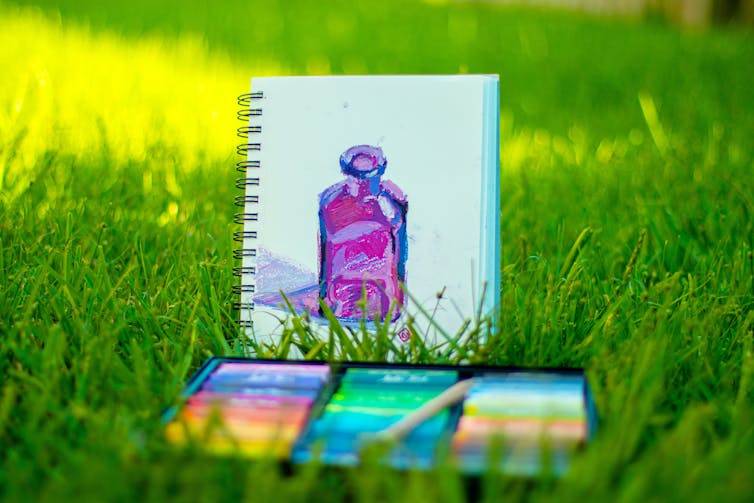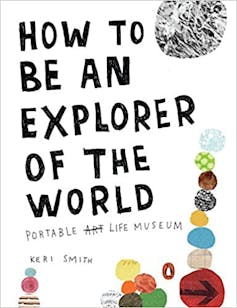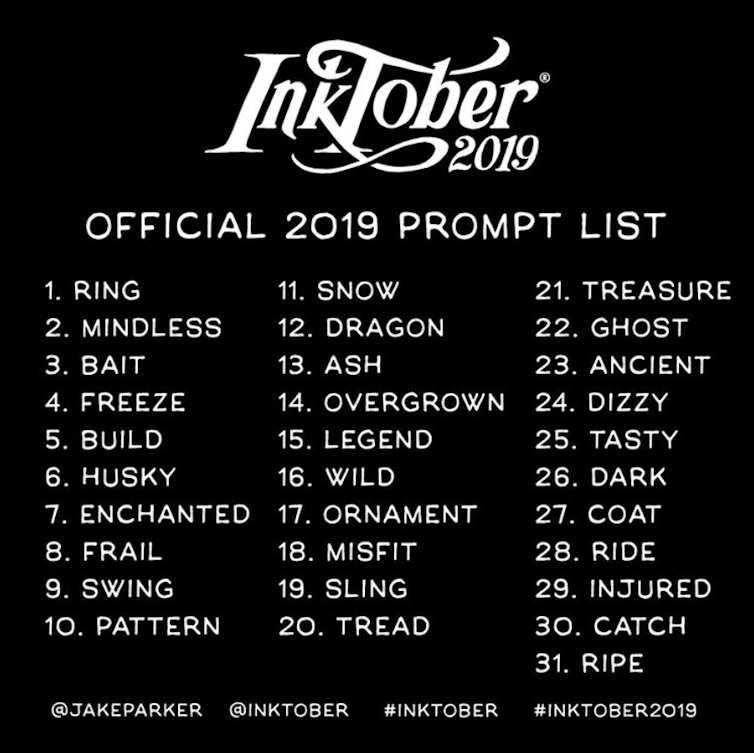Great time to try: learning to draw
- Written by Ari Chand, Lecturer in Visual Communication Design and Creative Industries, University of Newcastle
Being in isolation might be a great time to try something new. In this series, we get the basics on hobbies and activities to start while you’re spending more time at home.
What can take you somewhere untouched by the clanging outside world? What can help you synthesise your thoughts right now?
Drawing, and our fascination with it, can stimulate your imagination, mindfulness, focus and introspection. Drawing can allow you to enter the flow state: that is, the optimal experience of being so invested in an activity, time passes you by. Drawing can make you feel good.
 Draw your attention to familiar objects.
Emm & Enn/Unsplash, CC BY
Draw your attention to familiar objects.
Emm & Enn/Unsplash, CC BY
An act of looking outward and inward simultaneously, drawing can capture thought and insight in a moment.
Since time immemorial, drawing has been a way for humans to process their world – even just a room – and the times they live in (hello COVID-19). It’s our first language.
Renowned artist David Hockney has called for everyone to find something to draw in lockdown: “Question everything and do not think about photography”. Here are your first lessons in learning to draw at home:
1. Stop worrying about mastery
He never finished any of the works he began because, so sublime was his idea of art, he saw faults even in the things that to others seemed miracles.
You don’t have to be an expert, just realise you’ll always see flaws in your drawing. Anyone, of any age can draw, whether you are aged 3 at home with crayons visuo-spatialising objects around them, or 96 in an aged care facility.
It’s an activity we can do together. If you remove the fear of the blank white page and the internal voice screaming, “But, I can’t draw!”
Dobell Drawing Judge: Drawing Basics with Ben and Livvy Quilty.Sketch inhibition can be debilitating. But hey, no one has to even see it! Your drawing is yours, unless you post it. Even the most accomplished and beautiful drawings we see today started out with someone doing some rough sketches while they learnt what works.
2. Honour the importance of drawing
Drawing is ancient, yet remains a key 21st century skill, helping to improve visual reasoning, memory, idea generation, lateral thinking and inference. Spontaneous drawing – or doodling – may relieve feelings of stress.
Drawing can be incorporated into education in many ways, including visual mapping, reflective thinking, or presenting ideas. Drawing an effective tool in developing an aesthetic navigation of the world. Remote learning might be a way to explore and enhance visual communication skills.
Read more: Why is teaching kids to draw not a more important part of the curriculum?
Young children step through skill attainment naturally and predictably, from scribbling to shapes to realism and beyond, but this drive is generally discouraged as we grow older.
Perhaps our obsession with photography has stopped us drawing, as it did in its inception.
3. Practice makes perfect … or progress
Vincent van Gogh trained hard to develop his skills:
Now hardly a day passes that I do not make something. As practice makes perfect, I cannot but make progress; each drawing one makes, each study one paints, is a step forward.
You can’t become a good athlete without practice. Nor can I become a good drawer without the 10,000 hours of practice that Malcolm Gladwell notes as critical to performance in his book Outliers: The Story of Success.
Though Gladwell’s 10,000 figure has its critics, there is no doubt learning takes time and practice done without the pressure to make everything look photo-realistic.
4. Observe and allow infinite possibilities
Drawing is the perfect way to challenge yourself at a time where you only have objects and family members around you.
Observation is key. We often overlook the objects we see daily. The power of the familiar means even an old Luxo lamp can become the symbol of PIXAR – originally drawn with pastel on paper as an idea, then used for the opening sequence of Luxo Jr (1986).
There are things you haven’t discovered in your home - or that you could see anew from a different angle or viewpoint.
Drawing asks you to focus on the minutiae.
Drawing as Thinking.5. Handy resources
The arts community has rallied, providing a huge selection of resources for aspiring sketch artists in isolation:
 Penguin
Penguin
 Inktober prompts from last year.
Inktober.com
Inktober prompts from last year.
Inktober.com
Authors: Ari Chand, Lecturer in Visual Communication Design and Creative Industries, University of Newcastle
Read more https://theconversation.com/great-time-to-try-learning-to-draw-135298





